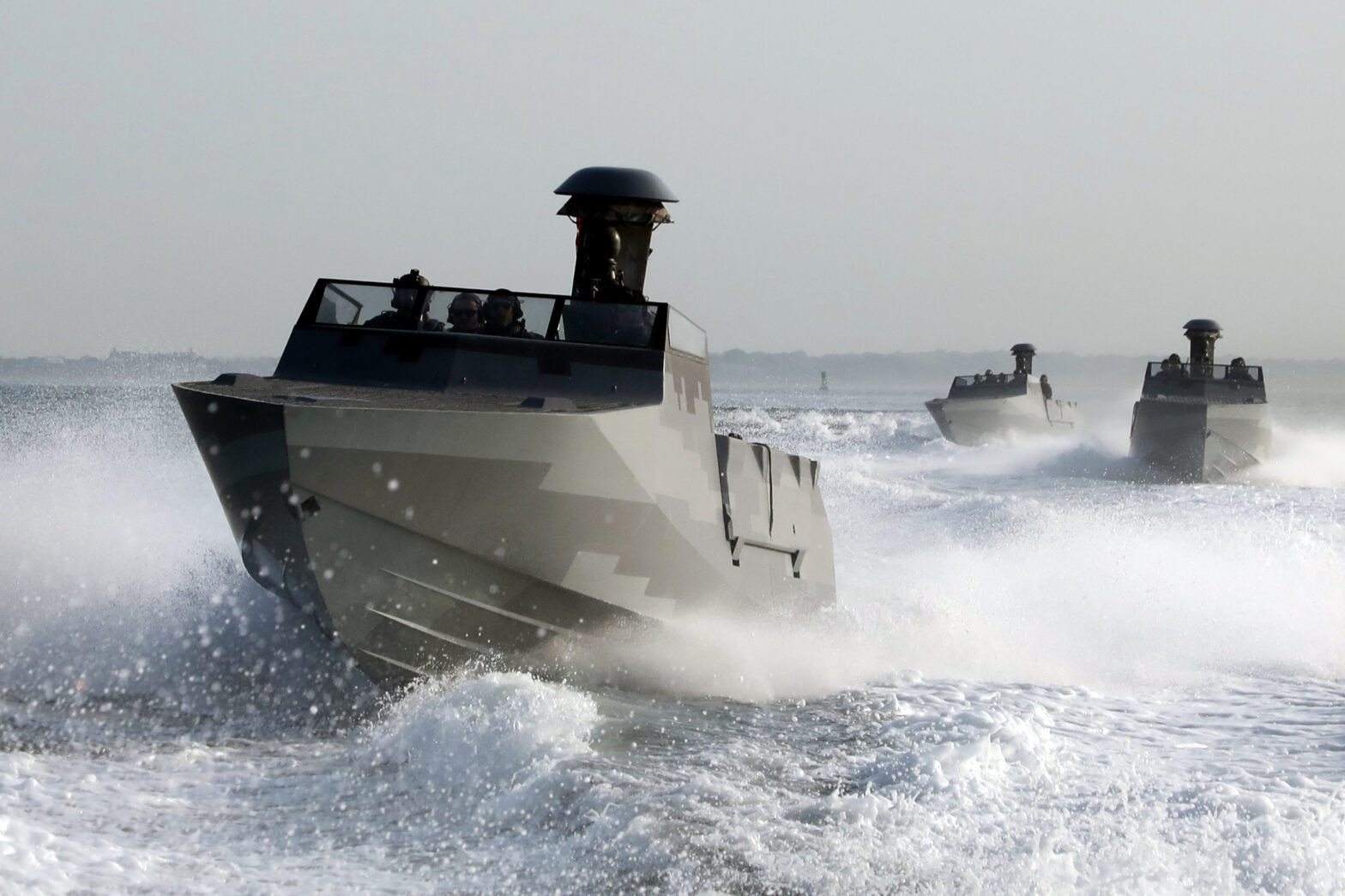Researchers with the Department of Defense/Uniformed Services University Brain Tissue Repository (DoD-USU BTR) have reported that chronic traumatic encephalopathy (CTE) specific brain changes in military personnel are uncommon, particularly with those who are exposed to blasts. [1]
This does not diminish the significant brain trauma of military personnel but highlights the importance of recognizing the potential differences between mechanisms of injury, particularly in those exposed to blasts as compared to sport athletes.
A unique population in the military community are US special warfare combatant crewman (SWCC), as they are frequently exposed to “shock” forces similar to sport athletes such as football players or boxers.
A case study on a deceased 44-year-old SWCC veteran published in JAMA by lead author David S. Priemer highlighted the potential risk of developing CTE in the SWCC population. [2]
This SWCC veteran had a 12-year Naval career, with 4 combat deployments as a gunman, driver, and captain. He had been diagnosed with severe PTSD and was reported to drink alcohol heavily. He had a 10-year history of severe migraine headaches and chronic sleep impairment.
Prior to his death through a self-inflicted GSW he demonstrated significant cognitive decline including not thinking well and difficulty putting sentences together with writing. He was also described as having a rapid mental decline associated with symptoms of hallucinations, paranoia, and suicidal ideations.
His brain was donated by next-of-kin to the DoD-USU BTR postmortem. The neuropathological examination revealed severe ptau pathology, meeting the criteria of high CTE (stage IV).
The researchers tested 204 genes associated with neurodegenerative disease risk and found no observable variants of pathogenic classification.
While the authors acknowledge the limitations of a case study, their paper highlights the complexity of brain trauma in the military population and the importance of recognizing the unique exposures each MOS may have.
Strategies developed to address this problem must appreciate the complexities it poses.
References:
- Priemer, D. S., Iacono, D., Rhodes, C. H., Olsen, C. H., & Perl, D. P. (2022). Chronic traumatic encephalopathy in the brains of military personnel. New England Journal of Medicine, 386(23), 2169-2177.
- Priemer, D. S., Rhodes, C. H., Stewart, G. W., Villar, J., Dalgard, C. L., & Perl, D. P. (2025). Severe Chronic Traumatic Encephalopathy in a US Naval Special Warfare Combatant Crewman. JAMA Network Open, 8(6), e2517686-e2517686.
